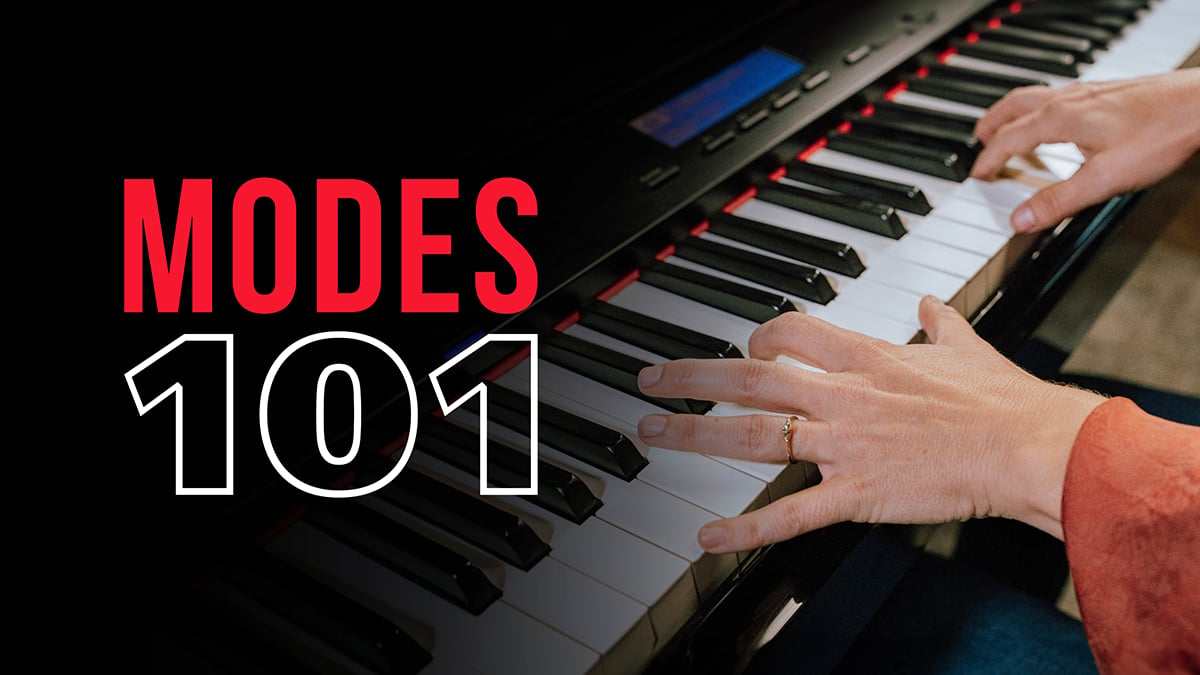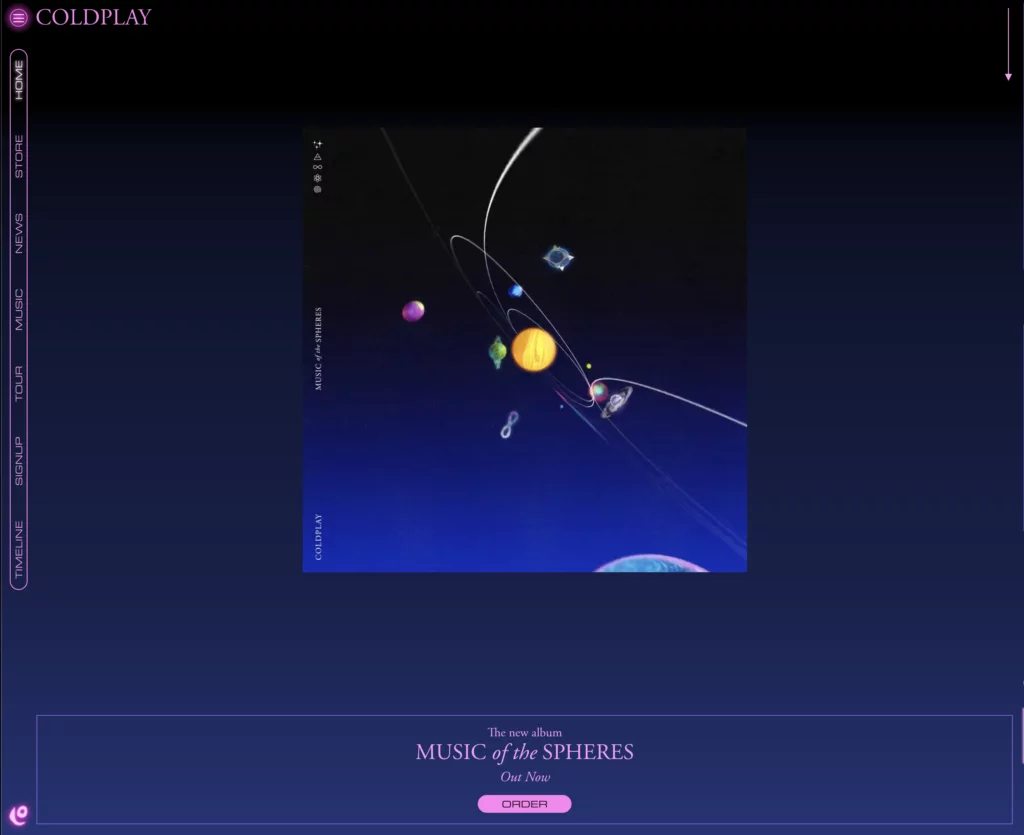Are you a Coldplay fan eager to play their iconic song “Clocks” on the piano? Mastering the piano chords for Coldplay’s “Clocks” can be a fulfilling experience for any beginner pianist. The hauntingly beautiful melody and the mesmerizing chords make this song a favorite among enthusiasts. In this beginner’s guide, we will delve into the world of piano chords for “Clocks” and break down the key elements you need to know to master this piece. By the end of this blog, you will be equipped with the knowledge and skills to play this timeless Coldplay hit with confidence. Let’s embark on this musical journey and unlock the secrets of playing “Clocks” on the piano.
What an amazing way to finish the 2022 European leg of this tour… thank you to the city of Glasgow for two memorable shows. W. X pic.twitter.com/3u75bVNNf9
— Coldplay (@coldplay) August 24, 2022
Introduction to Piano Chords
Mastering piano chords for Coldplay’s hit song “Clocks” requires understanding the fundamental elements of piano chords. Piano chords for Coldplay Clocks are unique in their harmonic structure, creating an iconic sound that resonates with music enthusiasts. Whether you are a beginner or an experienced pianist, delving into the world of piano chords can elevate your playing and musicality.
Basic Piano Chord Theory
Before diving into Coldplay’s “Clocks” chords, one must grasp the basics of piano chords. Chords are formed by playing three or more notes simultaneously, providing harmony and richness to music. Understanding chord progressions, triads, and inversions is crucial in mastering the art of piano playing.
To enhance your knowledge further, familiarize yourself with different types of chords, such as major, minor, diminished, and augmented.
Playing Coldplay’s “Clocks” Chords
One of Coldplay’s most iconic songs, “Clocks,” features captivating piano chords contributing to its emotional depth. To play the chords accurately, practice fingering positions and chord transitions diligently. Start by learning the chord progression, then focus on achieving a smooth transition between chords.
- Verse Chords: Em, G, D, Am7
- Chorus Chords: Am7, Em, G, D

Understanding Coldplay’s “Clocks” Song
Coldplay’s “Clocks” is a timeless classic that captivates listeners with its hauntingly beautiful melody and poignant lyrics. Released in 2002, the song continues to resonate with fans around the world. Mastering the piano chords for Coldplay’s “Clocks” can be a rewarding experience for aspiring pianists.
The Melodic Magic of “Clocks”
Powered by Chris Martin’s soulful vocals and the band’s signature instrumentation, “Clocks” is a standout track that showcases Coldplay’s musical prowess.
Learning to play the piano chords for this song allows musicians to delve into the intricate harmonies and melodies that define Coldplay’s sound. Exploring the chord progressions can unlock a deeper appreciation for the song’s artistry.
Mastering Piano Chords for Coldplay’s “Clocks”
Begin by familiarizing yourself with the song’s key signature and basic chord structure. Practice playing the chords slowly, paying attention to transitions and finger placements. Developing a smooth technique is essential to capturing the song’s essence.
- C Major: Start with the foundational chord of C major, which sets the tone for the piece.
- G Major: Transition smoothly to G major, adding depth and richness to the progression.
- Am7: Explore the melancholic undertones of Am7, a pivotal chord in the song’s emotional landscape.
- Em: Emphasize the emotional resonance of Em, bringing a sense of vulnerability to your interpretation.
Identifying Chords Used in the Song
Mastering piano chords for Coldplay’s iconic song “Clocks” requires a keen ear to pick out the chords used in the melody. To start, familiarize yourself with the basic chords typically found in Coldplay’s music, such as G major, D major, Em7, and C major. Listen closely to the song in question, focusing on the chord progressions and changes to decipher the sequence.
Chord Progressions Analysis
Breaking down the song into sections can help you identify chords. Start by determining the key music and then analyze the chord progressions within each section. Pay attention to the transitions between chords, as this can provide clues to the piece’s harmonic structure.
Identify common chord patterns in Coldplay’s music, like suspended chords or inversions, which create a unique and atmospheric sound—experiment with playing these chords on the piano to match the song’s characteristic harmony.
Using Online Resources
If you’re struggling to identify the chords by ear, consider utilizing online resources and tools dedicated to analyzing and deciphering musical chords. Websites and apps specifically designed for chord identification can provide visual representations of the chords used in the song, assisting you in mastering the piano chords for Coldplay’s “Clocks.”
Practicing Chord Transitions
Mastering the piano chords for Coldplay’s iconic song “Clocks” involves practicing chord transitions to ensure a smooth and seamless performance. To excel in playing this song, you must focus on accurately and swiftly transitioning between chords.
Hand Positioning
Before diving into chord transitions, ensure your hand positioning on the piano keys is correct. Place your fingers on the right keys for each chord to facilitate smoother transitions.
Remember to keep your wrists relaxed and maintain proper posture to avoid strain while practicing.
Practice Techniques
Start by practicing each chord individually to familiarize yourself with each chord’s finger placements and sounds. Repetition is critical to mastering chord transitions.
Use a metronome to practice chord changes at different tempos, gradually increasing the speed as you become more comfortable with the transitions. This will help you develop muscle memory for seamless shifts.
- Slow down the tempo initially to focus on accuracy.
- Practice transition points that are challenging for you.
- Visualize your finger movements before playing the chords.
Tips for Mastering Piano Chords
Mastering piano chords for Coldplay’s “Clocks” requires dedication and practice. To help you in your journey, here are some valuable tips to enhance your chord-playing skills:
1. Learn the Basics First
Before diving into complex chords, ensure you have a solid understanding of basic piano chords. Practice major and minor chords to build a strong foundation.
Understanding the structure of chords will help you grasp more advanced concepts.
2. Practice Regularly and Consistently
Consistent practice is key to mastering piano chords. Set aside dedicated time each day to practice chord progressions and transitions.
Repetition is crucial for building muscle memory and improving your finger dexterity.
3. Utilize Online Resources
Expand your chord repertoire by using online tutorials, chord charts, and instructional videos. Websites offering chord diagrams and tutorials can be invaluable.
Check out Coldplay’s official website for chord guides and tutorials related to “Clocks” for additional insights.
4. Experiment with Inversions and Voicings
Explore different chord inversions and voicings to add depth and complexity to your piano playing. Experimenting with variations can help you create a unique sound.
Try incorporating variations of chords to capture the essence of Coldplay’s melodic style in “Clocks.”
Frequently Asked Questions
- What are the basic piano chords for playing Coldplay’s Clocks?
- Some basic piano chords you’ll need to master for playing Coldplay’s Clocks include Am, F, C, and G. These chords serve as the foundation for the song’s melody.
- I’m a beginner with limited piano experience. Can I still learn to play Clocks?
- Yes, this beginner’s guide is designed to help individuals with varying experience levels, including those new to playing the piano. The guide simply breaks down the chords and techniques to help beginners grasp the song.
- How can I improve my chord transitions while playing Clocks on the piano?
- Practice transitioning between the chords slowly to improve chord transitions, focusing on accuracy. Gradually increase your speed as you become more comfortable with the transitions. Consistent practice is vital to mastering chord changes.
- Are there any specific tips for mastering the piano chords in Coldplay’s Clocks?
- One helpful tip is practicing each chord individually to ensure you hit the right notes and maintain proper finger placement. Additionally, you can try playing along with the song at a slower tempo to get a better feel for the chord progressions.
- Is it essential to understand music theory to learn the piano chords for Clocks?
- While having a basic understanding of music theory can be beneficial, itlearninghe piano chords for clocks. is not essentialThis guide is beginner-friendly and focuses on practical application, making it accessible to those who may not have extensive music theory knowledge.
Unlock the Magic of Piano Chords for Coldplay’s Clocks
Mastering piano chords for Coldplay’s “Clocks” is an exhilarating journey that opens up a new world of musical possibilities for beginners. By following our comprehensive guide, you have equipped yourself with the knowledge and tools to play this iconic song with confidence and flair. Remember, practice makes perfect, so dedicate time to honing your skills and experimenting with different chord progressions. Embrace the beauty of each chord and the emotions they evoke. As you delve deeper into the world of piano chords for Coldplay’s “Clocks,” you will enhance your musical prowess and experience the sheer joy of creating enchanting melodies that resonate with your soul.






